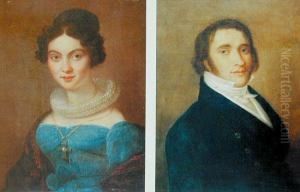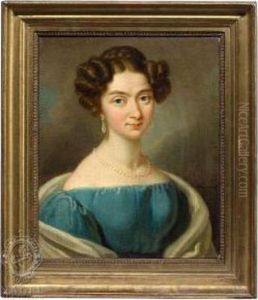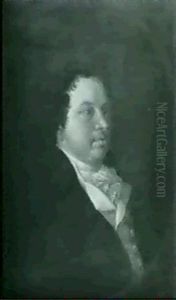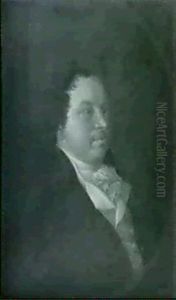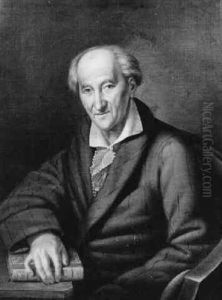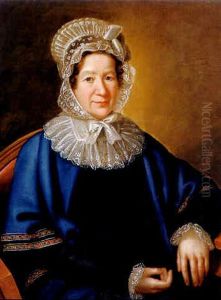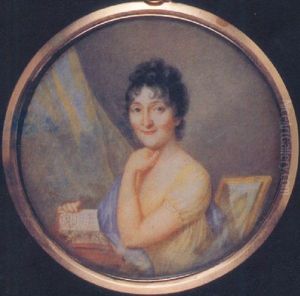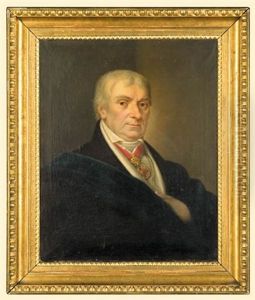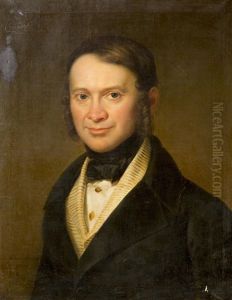Karl Gottlieb Schweikart Paintings
Karl Gottlieb Schweikart was a German artist and law professor born on February 17, 1772, in Ludwigsburg, Duchy of Württemberg. Despite being largely recognized for his legal career, Schweikart also had a significant impact as an amateur artist, especially with his contributions to the early development of the panorama, a form of 360-degree visual art.
Schweikart was not only an artist but also a notable jurist. He studied law at the University of Tübingen, where he later became a professor. His interest in art, however, was not overshadowed by his legal profession. He maintained a passion for painting and the arts throughout his life, which was evident in his involvement with the panoramas.
In the sphere of visual arts, Schweikart is particularly remembered for his correspondence with the famous German writer Johann Wolfgang von Goethe. In a letter dated 1815, Schweikart introduced the concept of the 'Applikationsperspektive' (application perspective), which was a method he developed to create the illusion of three-dimensional space on a two-dimensional surface, akin to the effects achieved in modern-day virtual reality. This concept caught Goethe's interest, who discussed it in his own writings on art theory.
Although Schweikart did not achieve widespread fame as an artist during his lifetime, his innovative ideas contributed to the art community's understanding of perspective and depth perception. His interdisciplinary approach, merging his legal intellect with his artistic pursuits, exemplifies the vibrant intellectual culture of his time, where boundaries between disciplines were frequently crossed.
Karl Gottlieb Schweikart died on March 21, 1855, in Stuttgart, Kingdom of Württemberg. His legacy as a jurist and an artist remains, highlighting the diverse talents and interests that can coexist within a single individual. Schweikart's life serves as an example of how the pursuit of multiple passions can lead to meaningful contributions across various fields.

